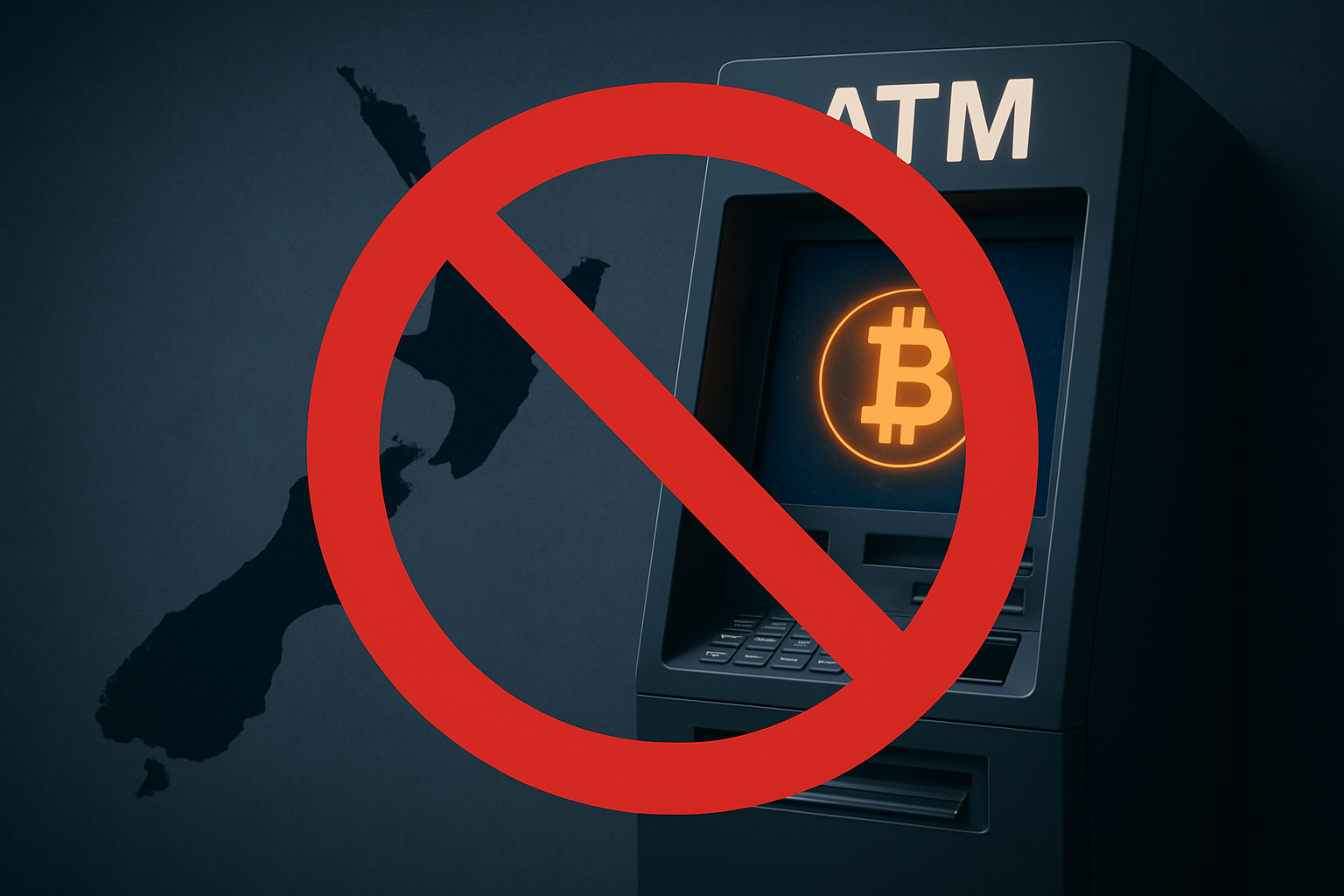New Zealand Bans Crypto ATMs: What It Means for Global Crypto Onboarding and Compliance
New Zealand's recent decision to ban cryptocurrency ATMs marks a significant shift in the nation's approach to digital asset regulation. With Bitcoin currently trading at $110,867.00, the move comes at…


